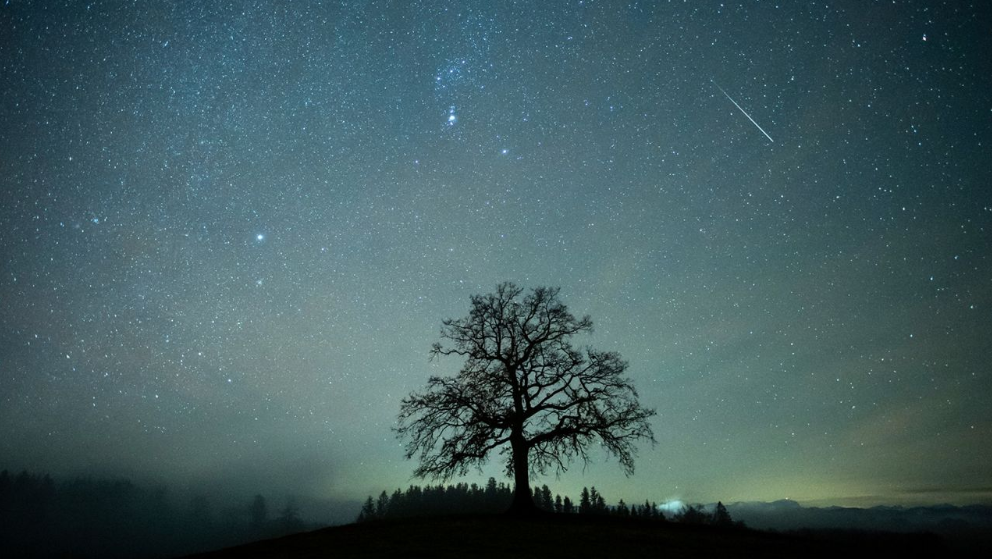The best chance to see the strongest meteor shower of the year is on its way this week.
The Geminids, known for bright, intensely colored meteors, have been streaking across the night sky since late November, and the shower will peak the night of December 13 through December 14, according to the American Meteor Society.
“If you had to pin one (meteor shower) as being the best of the year, year in and year out, it would be the Geminids,” said Robert Lunsford, fireball report coordinator for the society. “Normally, from let’s say the suburban area, under good conditions, you could probably see 30 to 40 meteors (an hour).”
With clear skies and no bright lights in the way, the Geminids can appear at a rate of about 120 visible meteors an hour, according to NASA. However, there is no escape from the big beacon in the sky that will obscure most of the fainter meteors this year: The moon will be shining at 72% fullness, according to the American Meteor Society.
Mark your calendar for the strongest meteor shower of the year
“It is still going to be a good shower, even with the moon,” said Bill Cooke, lead of NASA’s Meteoroid Environment Office. “Find a decently dark sky, find something that will block the moon, maybe a building or a tree, and look away from the moon at the sky.”
First observed in the mid-1800s, the shower initially delivered only 20 visible meteors per hour at maximum. Since then, the Geminids have reappeared every year, growing stronger in numbers. By the 1960s, the event had surpassed the substantial August Perseids, once the stronger shower with hourly rates of 50 to 100 meteors.
It is unclear how the Geminids might change in the foreseeable future, Cooke said, with some models indicating the shower will increase in intensity and others estimating a gradual decline over the next few decades.
The Geminids are unique in that their source is the asteroid 3200 Phaethon, while most other meteor showers are born out of debris from icy comets. That’s why Geminids streams can be unpredictable — because it is more difficult to model asteroid breakups, Cooke said.
The asteroid 3200 Phaethon is unusual in its own right, behaving like a comet when it nears the sun. It also has an orbit, which it completes every 1.4 years or so, that’s closer to the sun than any other asteroid. When 3200 Phaethon is near Earth, the asteroid sheds its dusty debris, hence the Geminids display.
